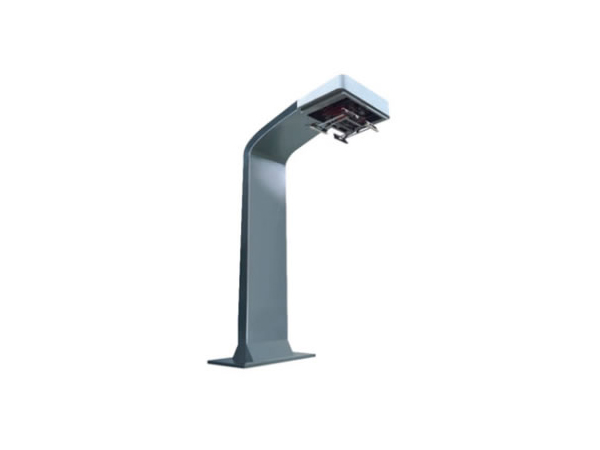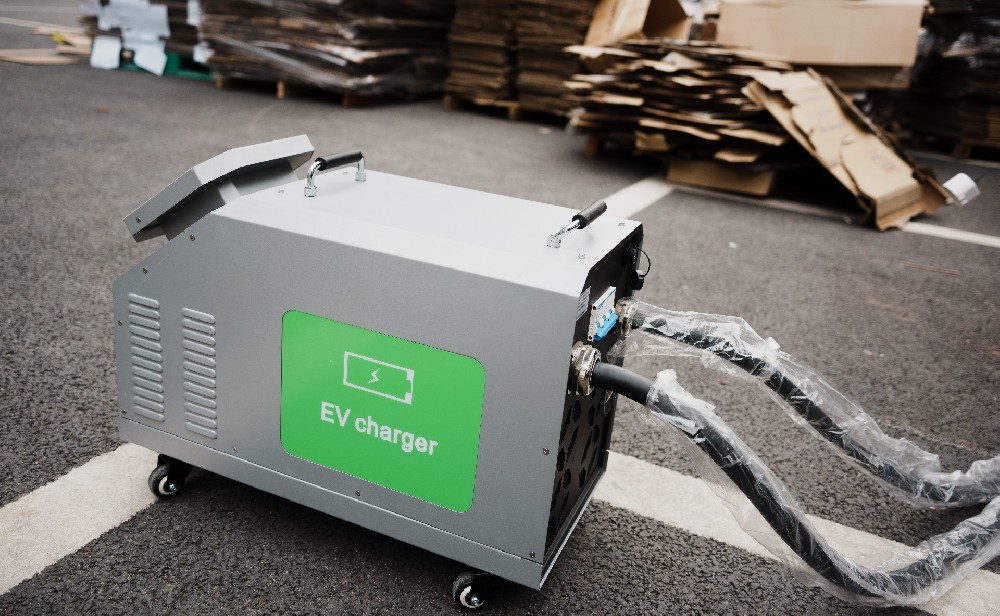-
13822183778@139.com
-
13822183778
Electricity safety issues of household electric vehicle charging stations in residential areas
The installation and safe use of new energy electric vehicle charging piles first depend on the technical parameters of the charging piles that match the purchased vehicle model, mainly the working voltage and power of the charging piles.
1. Voltage: Household charging stations are all AC 220V;
2. Power: The common power of 220V AC charging stations is 3.3KW (16A) and 7KW (32A), while portable charging guns are generally ≤ 1.7KW (8A). Generally equipped with 3.3KW is a plug-in hybrid vehicle, while 7KW is the standard configuration for pure electric vehicles. A pure electric vehicle charging station with a normal power exceeding 7KW requires a voltage of 380V and needs to apply for a three-phase dedicated line to be used.
Generally, households only have a capacity of 220V 10KW for entry, so 4S stores cannot install charging piles with a power greater than 7KW for you, as their voltage and power cannot be matched.
It should be noted that voltage X current=power, 220VX32A=7040W is approximately equal to 7KW, (1000W=1KW)。
Charging piles have high charging power and long charging time for new energy vehicles, which may affect the use of other electrical facilities in your home to some extent. As mentioned earlier, the average household capacity is 10KW. If other high-power appliances are used simultaneously at home, it will affect the safety of use:

If you use an instant water heater (with a power of 7KW) at home, whether your charging station is 3.3KW or 7KW, you can say goodbye to charging while taking a shower. Therefore, it is necessary to avoid situations where high-power appliances can be used simultaneously to prevent overload. (Attached are the rated power of common household appliances: instant water heater 7KW, storage water heater 2.3KW, 2-pair conditioner cooling 1.5KW, 2-pair conditioner heating 2.5KW, bathroom heater 2.1KW, 1.5-air conditioner cooling 1.1KW, 1.5-air conditioner heating 2.2KW, hair dryer 2KW, electric heater 2KW, induction cooker 2KW, electric kettle 1.5KW, microwave oven 1KW. The power of appliances above 1KW is for reference only. The specific power depends on the installed appliances at home.)
If the current exceeds the trip current of the circuit breaker for a period of time due to overload, internal heating will cause tripping. When wiring, the working current of a 3.3KW charging station is 16A, so it is necessary to choose an air switch that is one level higher than 16A, such as 25A or 32A, with a wire diameter of 4mm2. (Here, wire diameter refers to the cross-sectional area of the wire)
A 7KW charging station should not only use a C32 circuit breaker, as it will frequently trip. C40 or C60 should be selected. Wire diameter ≥ 10mm2 national standard copper wire. And the charging cable should be a dedicated line to avoid being separated from other high-power appliances in the same circuit. It is recommended to use a crimping method and preferably not use a plug.
The working current of the portable charging gun is only 8A, and it can be plugged into a 10A wall socket. If using a mobile power strip, the wire diameter should be ≥ 2.5mm2 national standard copper wire.
3. Charging environmental factors:
There must be a grounding wire: The charging station must be reliably grounded because the outer shell of the car is mostly covered with metal. Although the insulation indicators of the charging station and the vehicle meet the relevant national standards, a grounding wire must not be missing, especially in rainy and humid weather, to prevent electric shock.
Air circuit breakers must have leakage protection: Leakage protectors, also known as "residual current circuit breakers," can cut off power within a few tenths of a second when leakage occurs. Of course, regular manufacturers' charging stations also come with leakage protection, providing an extra layer of protection and peace of mind.
Rain and damage prevention: Parking spaces are generally public areas, and if they are open, charging facilities need certain rain prevention facilities. Of course, most outdoor charging stations are already rainproof, so what you need to consider is how to prevent damage while also preventing others from stealing electricity.
Cable laying specifications: When pulling electricity from home, cable laying must comply with regulations, and when walking through walls,(ccs2 to gbt adapter) flame-retardant conduit or trunking should be used to securely fix the cables. The suggestion for the aisle is to bury it in a pipe. Avoid flying wires. Improper cable layout may pose risks such as wire falling, entanglement, fire, and electric shock.
 How long does it take to charge ···
How long does it take to charge ···
 DC Fast Charging CCS type 2 plug
DC Fast Charging CCS type 2 plug
 The high-voltage and high-curren···
The high-voltage and high-curren···


